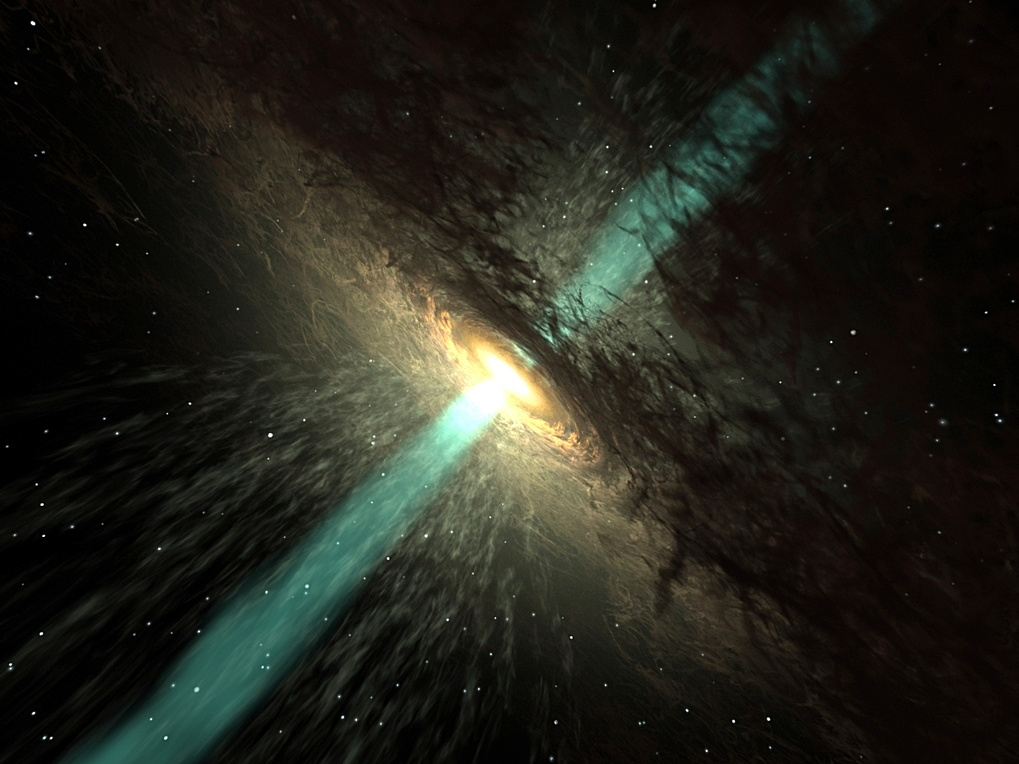What is the difference between quasars, pulsars and neutron stars?
1 Answer
See below.
Explanation:
A quasar is a form of galactic nuclei found at very large astronomical distances away from Earth (one of the closest is 3C 273, which is around 749Mpc away from Earth), because of this, they are theorized to have played a part in the earlier universe. They are several thousand times more luminous than the Milky Way, and are a supermassive black hole (SMBH) surrounded by a large accretion disk which orbits the SMBH. When matter from the accretion disk is 'absorbed' , energy is released as EM radiation, which are the two two glowing rays.

Neutron stars are what remains of the core of a supernova after it undergoes extreme compression from gravitational collapse once the outer layers have been exploded from the star. The compression squashes the core to extremely high densities, more than that of a white dwarf. They get their name as they are theorised to be completely made of neutrons.
A pulsar is a type of neutron star, which rotates with incredibly fast speeds, taking several milliseconds to a few seconds to complete one full revolution. They are highly magnetised and emit beams of EM radiation at opposite ends. They get their name as their light appears to pulsate, because they can only be visible if a beam points towards Earth. They are formed in the exact same way as a neutron star, except they keep some of their angular momentum, but as the radius is much smaller than the star, its rotational speed is increased. The pulsar has two axes, a rotational axis and a magnetic axis. The magnetic axis is where the beams are emitted from, while the pulsar rotates around the rotational axis.

